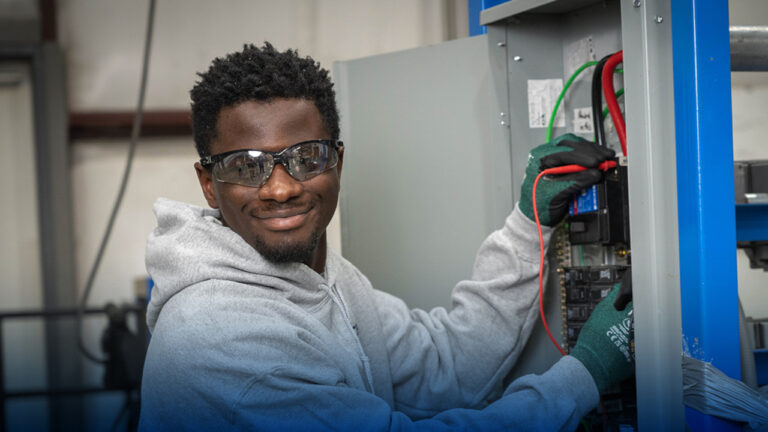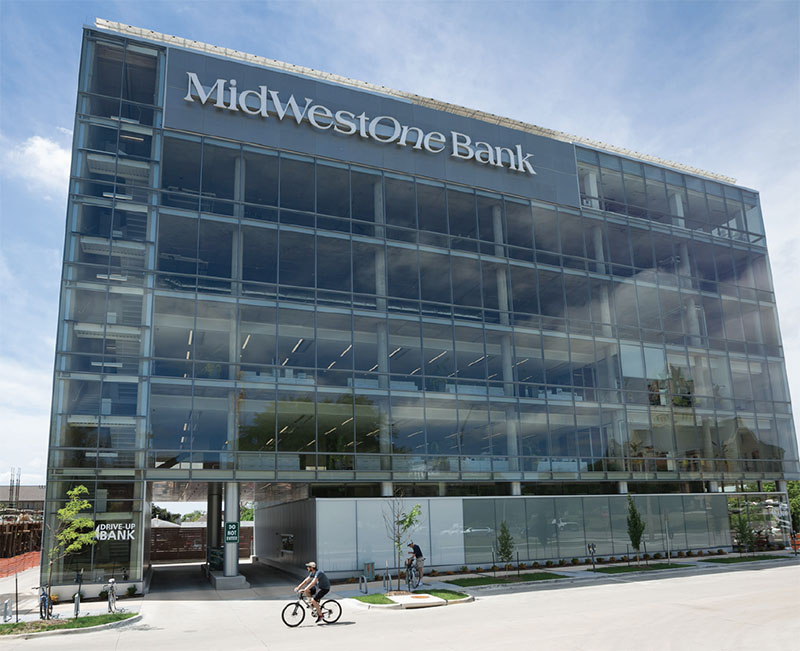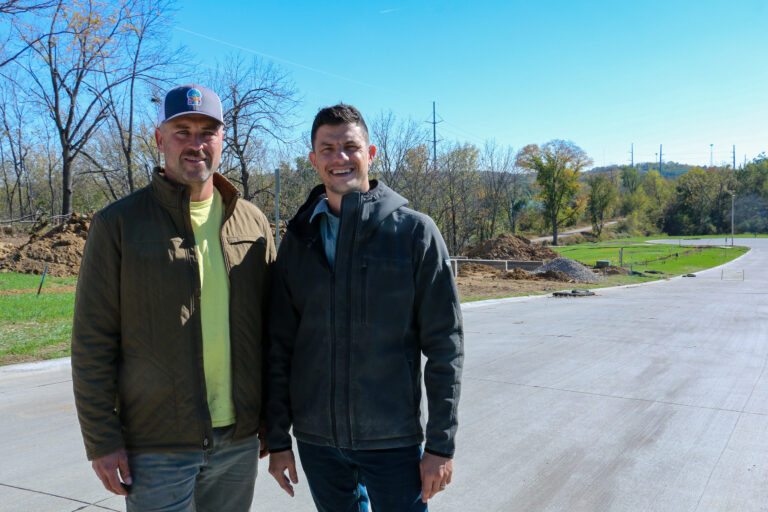With all due respect to the generations of journalists who practiced their trade here in the Corridor before March 2020, I must say – they didn’t work that hard. At least not compared to the local journalists who have kept Eastern Iowa informed over the past 13 months.
Contagion
There’s no playbook for covering a pandemic.
“We went from covering Carson King to trying figure out if it was safe to leave the house,” said KCRG’s Phil Reed. “Our lives turned upside down.”
Journalists held six-foot mic stands to interview people. They were used to sharing news bits on social media, but now had to figure out how to edit their main video stories while outside the station, and eventually from home.
Reporters pulled double shifts to cover all the angles. That’s SOP for a news job, but it morphed into something different – double shifts at home, with few days off for months at a time.
“I couldn’t relate to the experience other people were having – painting their living rooms, doing house projects and then running out of things to do,” said CBJ senior business reporter Katharine Carlon. “And sometimes that urge to write would hit again at 10 p.m., so I’d just keep going.”
Then pandemic fatigue sank in. Anti-maskers argued with mask wearers in Hy-Vee checkout aisles and the comment sections of reporters’ social media, forcing them to moderate, block abusers and defend themselves against accusations of biased reporting.
Reed said being out in public as a citizen was strange. “People were watching us closely to see if we were following the rules,” he added. “It was weird.”
Social unrest
In the middle of summer, national news events prompted larger discussions and then protests about racial inequities occurred across the country.
“There was a two-week span from May 31 to mid-June where I could not sleep,” said KWWL’s Travis Breese. “I’d lay down in bed, check Twitter and see that there was a protest. Then I’d have to get up and get out of bed to go cover it. The news cycle was so intense.”
All reporters know that one day they could end up covering something massive that affects their own lives. Here in the Corridor, the pandemic fit that bill, but it was only a training exercise for what was next.
The derecho
Many local journalists were without power for a week or more after the derecho carved a path of destruction through the Corridor. Veteran reporters and rookies right out of college were in the same boat, experiencing the same difficulties at home and at work, according to KGAN news director Kristin Hamilton.
“It was another 2020 experience that solidified our purpose in the community,” Hamilton said. “We understood what people were going through and that drove our coverage.”
Some journalists headed straight out to gather information in the war-like conditions, knowing they could tarp the holes in their own roofs later. At first, few people were able to send or receive information electronically, so journalists passed along information in any way they could – manning landlines in the newsroom, verbally sharing information wherever they went and driving for hours to find working cell towers to share news via social media.
Things didn’t slow down when power was restored. The news of each day involved critical information people needed – where to get ice, food, gas, who could get trees off their houses and when. That kind of disaster recovery newsgathering would go on for months.
Spikes and dislikes
Covid numbers spiked two more times by the end of 2020, prompting more news stories no one wanted. Reporters would find themselves among people who weren’t wearing masks and got chastised for asking interviewees to put them on.
The debate about the efficacy of masks was the byproduct of the most contentious election in modern history – an election that orbited around the dislike of candidates, scientific recommendations and cultural change.
Turnaround?
With no initial organized vaccine distribution system in place, people had no idea how to get vaccinated. Local media filled in the gaps and helped non-tech savvy folks understand how the system wasn’t giving them a fair shot at a shot.
As you read this, health experts and local reporters are monitoring what appears to be another spike in the infection rate, this time with a newer strain.
I sling a fair amount of criticism about local media in this column, so I’d be remiss if I didn’t use this space to also show my appreciation for what they do. They are an integral part of keeping our families and our businesses healthy. Thank you, Corridor media, for keeping us informed during this unprecedented stretch of big news events. May your jobs get normal and boring, soon.
Joe Coffey has 20 years of experience as a journalist, educator and marketer in the Corridor.







